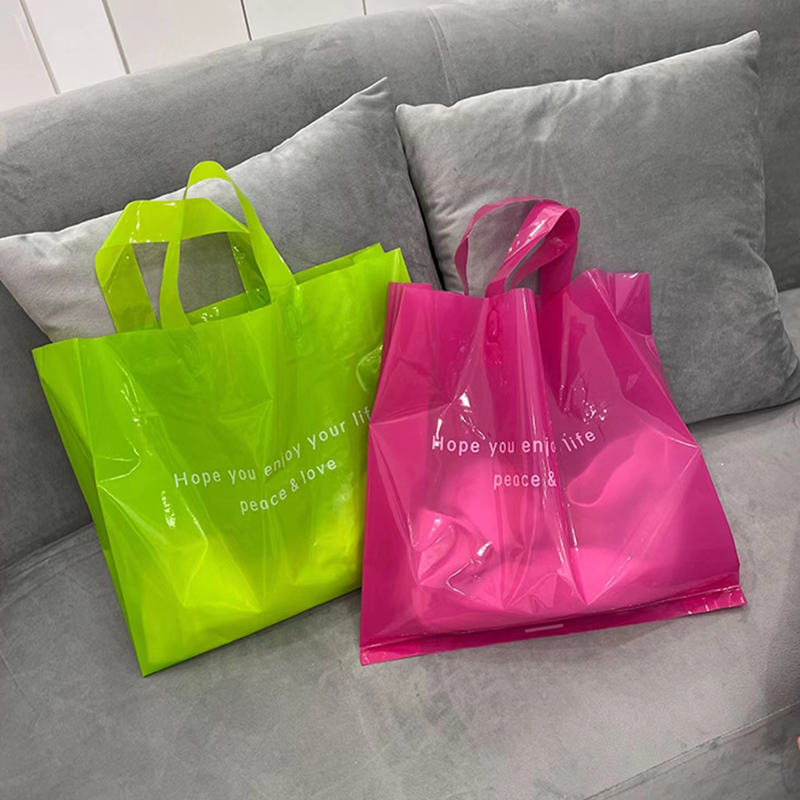Heat-Seal Vacuum Bags vs Plastic Wrap: 3X Shelf Life for Frozen Foods
Why Frozen Food Businesses Need Advanced Packaging
Commercial food preservation demands packaging solutions that address two critical challenges: preventing freezer burn while maintaining product integrity during long-term storage. Traditional plastic wrap often fails to create airtight seals, allowing oxidation and moisture loss that degrades food quality within months. For bulk processors and distributors, this translates to increased product shrinkage and dissatisfied customers.
The Science Behind Extended Shelf Life
Multi-layer heat-seal vacuum bags create oxygen barriers 50-100x more effective than standard plastic wrap. This technology slows enzymatic reactions and bacterial growth that cause spoilage, enabling frozen meats, seafood, and prepared meals to maintain optimal texture and nutritional value for 24-36 months. Independent lab tests show vacuum-sealed frozen vegetables retain 95% of vitamin C content after 2 years versus 60% in plastic-wrapped samples.
Cost-Benefit Analysis for Bulk Purchasers
While initial material costs may appear higher than plastic wrap, vacuum-seal solutions demonstrate 300% ROI through waste reduction. A commercial kitchen processing 5,000 lbs of protein monthly could save $18,000 annually by reducing freezer burn losses. Customizable bag dimensions further optimize material usage, with roll-form options allowing precise portion control for different product lines.
Supply Chain Optimization Through Durable Packaging
Puncture-resistant vacuum bags withstand rigorous cold chain logistics better than plastic wrap, reducing damaged goods during palletization and long-haul transport. The elimination of ice crystal formation prevents product clumping, enabling faster inventory rotation and reducing labor costs associated with separating frozen items. Distributors report 40% fewer customer complaints about packaging failures when switching to industrial-grade vacuum solutions.
Implementing Sustainable Food Preservation
Modern heat-seal materials now accommodate eco-conscious buyers without compromising performance. BPA-free composite films paired with energy-efficient sealing equipment help commercial kitchens meet sustainability targets. Reusable vacuum containers with compatible bag systems are gaining popularity for batch processing operations, cutting single-use plastic consumption by up to 70% compared to traditional wrap methods.
Selecting Industrial-Grade Vacuum Solutions
Smart buyers evaluate heat-seal systems based on three operational criteria: compatibility with existing freezing infrastructure, scalability for seasonal production peaks, and compliance with food safety certifications. Look for bags with temperature thresholds matching your blast freezing protocols and anti-fog coatings that maintain product visibility. Leading manufacturers now offer sample testing programs to validate shelf-life claims using actual inventory items.





 Hot News
Hot News
